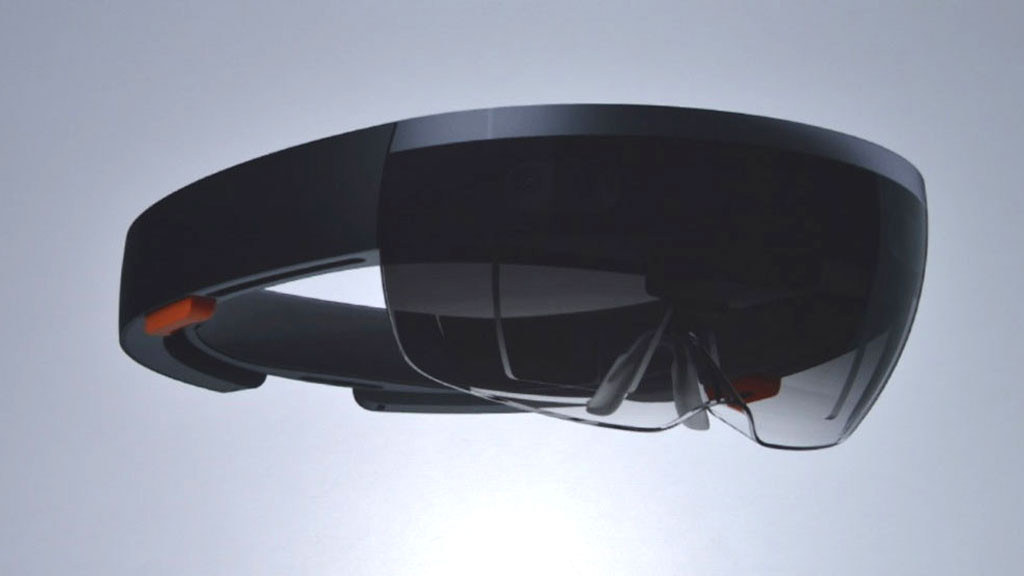 Though not the first device ever envisioned, the Google Glass is often credited with bringing the notion of augmented reality headsets into mainstream notice. First announced via a viral video titled One Day, the Google Glass quickly attracted widespread attention, both positive and negative. Many were excited at the future promised by the video, where one's headset would allow them to quickly and easily obtain information on the fly without ever needing to look away from what they were doing. Others critiqued possible safety and privacy concerns, citing distractions and the always present camera as potential issues. Though an Explorer edition was eventually released for the general public, the device is now no longer being sold and many have speculated that Google is cutting the project entirely.
Though not the first device ever envisioned, the Google Glass is often credited with bringing the notion of augmented reality headsets into mainstream notice. First announced via a viral video titled One Day, the Google Glass quickly attracted widespread attention, both positive and negative. Many were excited at the future promised by the video, where one's headset would allow them to quickly and easily obtain information on the fly without ever needing to look away from what they were doing. Others critiqued possible safety and privacy concerns, citing distractions and the always present camera as potential issues. Though an Explorer edition was eventually released for the general public, the device is now no longer being sold and many have speculated that Google is cutting the project entirely.
 First announced in 2015 alongside Windows 10, Microsoft's Hololens headset made headlines for its flashy features such as the ability to visualize 3d models in the real world, run programs floating in your vision, or even playing immersive AR games. Unlike the Google Glass, this is not a device designed to be worn at all times through one's day. Rather, it's what Microsoft calls a "holographic computer" - a computer that you strap onto your head when you need to use it, and then remove once you're done. These devices run a modified version of Windows 10 that supports various capabilities needed to run programs in AR. Developer units are currently being sold, with consumer products coming down the road.
First announced in 2015 alongside Windows 10, Microsoft's Hololens headset made headlines for its flashy features such as the ability to visualize 3d models in the real world, run programs floating in your vision, or even playing immersive AR games. Unlike the Google Glass, this is not a device designed to be worn at all times through one's day. Rather, it's what Microsoft calls a "holographic computer" - a computer that you strap onto your head when you need to use it, and then remove once you're done. These devices run a modified version of Windows 10 that supports various capabilities needed to run programs in AR. Developer units are currently being sold, with consumer products coming down the road.






